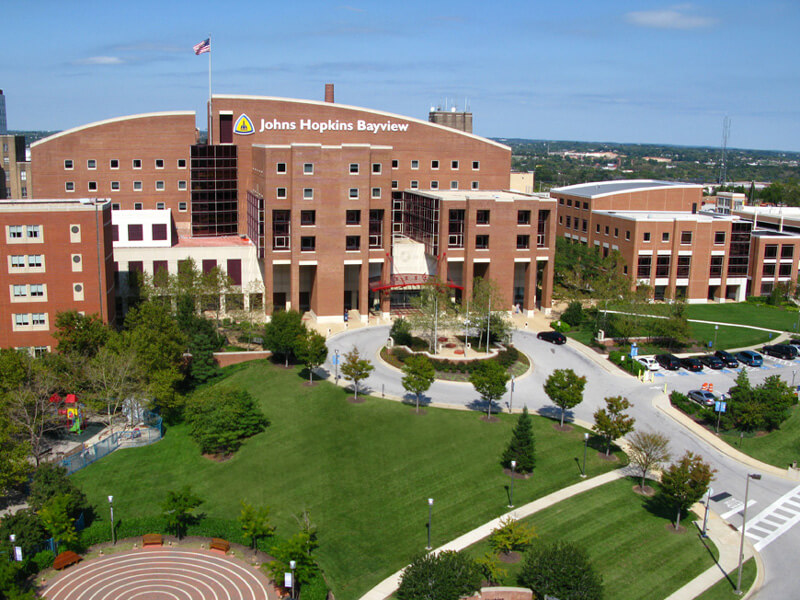The mission of the Johns Hopkins University Division of Geriatric Medicine and Gerontology is to provide the highest quality clinical care to improve the health of older adults and society by creating, translating, and disseminating knowledge through education and research.
-
Clinical Care
Our clinical patient care extends from checkups and in-home care to preventive evaluations and complex diagnoses.
-
Education
We train expert clinicians, leaders, educators and researchers who will improve the care of older adults and change the future of aging for all of us.
-
Research
Researchers within the Division of Geriatric Medicine and Gerontology focus on research that examines healthy aging, health services, and the quality of life for older adults.
Schedule An Appointment
Schedule online through MyChart
Available for follow-up appointments with most providers
Log into MyChart | Sign up for MyChart

Schedule by phone
New and existing patients can schedule by phone by calling 410-550-0925



